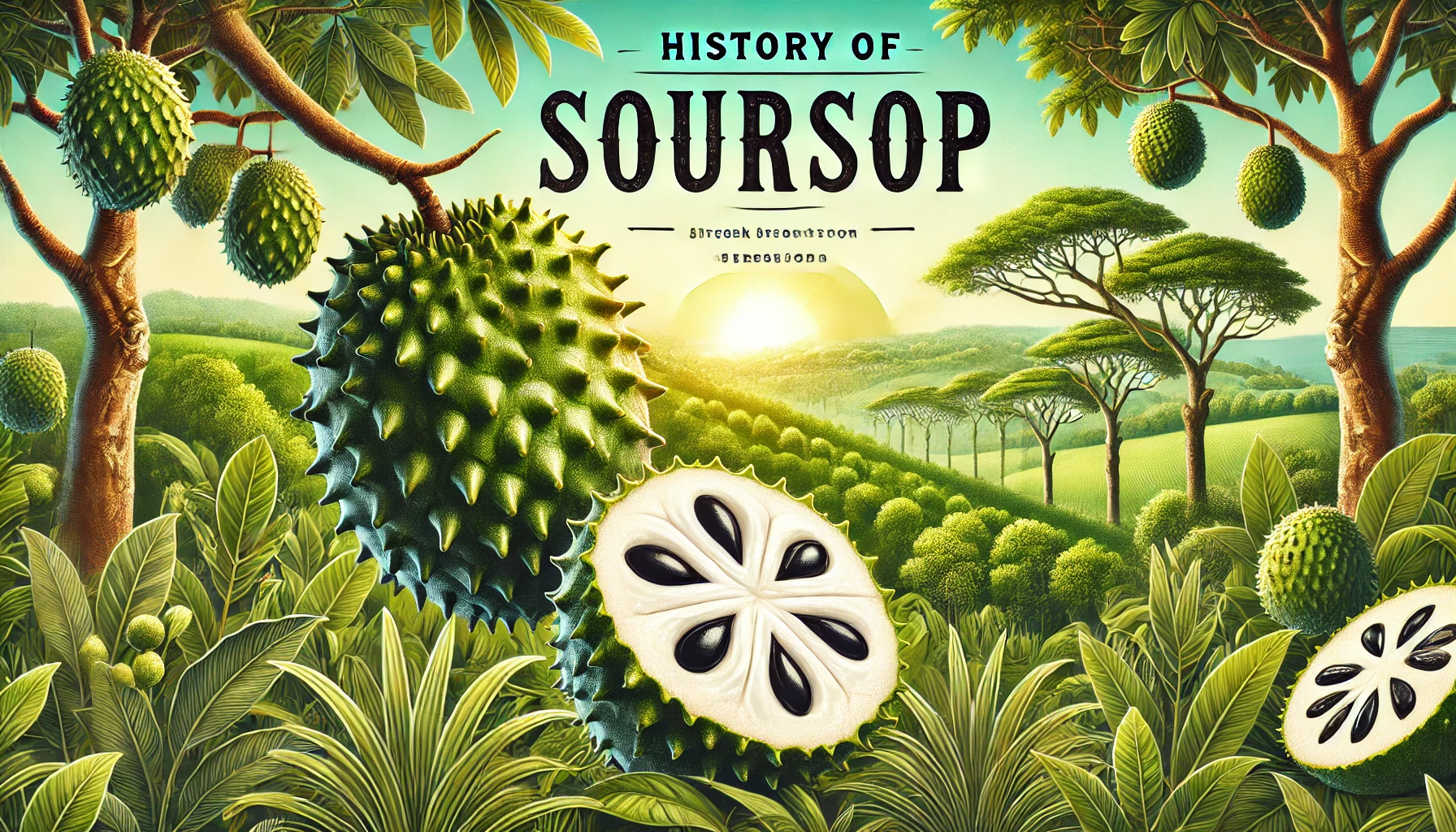Unveiling the Rich History and Health Journey of Soursop
Soursop, scientifically known as Annona muricata, is a fruit that traces its origins to the tropical regions of the Americas. Revered for its unique flavor profile and medicinal properties, soursop has traversed through centuries, leaving an indelible mark on various cultures and cuisines. From its ancient roots in the Amazon rainforests to its widespread cultivation across continents today, the journey of soursop is as fascinating as its taste.
Ancient Origins:
The history of soursop dates back thousands of years, with its origins deeply intertwined with the indigenous cultures of South America. Archaeological evidence suggests that soursop was consumed by ancient civilizations like the Maya and the Aztecs, who revered it not only for its taste but also for its perceived medicinal benefits. The fruit was often used in traditional remedies for ailments ranging from fever to digestive disorders.
Exploration and Spread:
The dawn of the Age of Exploration in the 15th century marked a significant turning point in the history of soursop. European explorers, intrigued by the exotic flora of the New World, encountered soursop during their voyages to the Caribbean and South America. It was during this time that soursop caught the attention of botanists and naturalists, who marveled at its distinct appearance and taste.
Cultural Significance:
Soursop swiftly ingrained itself into the cultural fabric of the regions where it was introduced. In many indigenous communities, soursop became not just a food source but also a symbol of fertility, health, and vitality. Its leaves, seeds, and bark were utilized in traditional medicine to treat a myriad of ailments, earning it the moniker “the miracle fruit.”
Colonial Influence:
With the expansion of European colonies in the Americas, soursop found its way to new territories across the globe. Spanish and Portuguese colonizers facilitated the spread of the fruit to regions like Southeast Asia, Africa, and the Pacific Islands. In these new lands, soursop adapted to different climates and soil conditions, flourishing in tropical and subtropical regions.
Modern Cultivation and Consumption:
Today, soursop is cultivated in various countries around the world, including Brazil, Mexico, Indonesia, and the Philippines, among others. Its popularity has surged not only due to its unique flavor, which is often described as a blend of pineapple, strawberry, and citrus, but also due to its purported health benefits. Rich in vitamins, minerals, and antioxidants, soursop has gained attention for its potential anti-cancer properties and its ability to boost immune function.
Health Journey and Scientific Research:
The medicinal properties of soursop have been the subject of scientific inquiry for decades. Research studies have explored its potential anti-inflammatory, antimicrobial, and anti-cancer effects, leading to a growing interest in soursop as a natural remedy for various health conditions. While some studies have shown promising results, further research is needed to fully understand the mechanisms behind soursop’s health benefits and its potential side effects.
Culinary Delights:
In addition to its medicinal use, soursop plays a prominent role in culinary traditions around the world. The fruit is commonly used in beverages, desserts, and savory dishes, adding a tropical twist to recipes. Soursop juice, in particular, is a popular refreshment in many countries, enjoyed for its sweet and tangy flavor profile.
Conclusion:
The history of soursop is a testament to the enduring appeal of this tropical fruit. From its ancient origins in the rainforests of South America to its widespread cultivation in diverse corners of the globe, soursop has captivated generations with its exotic taste and potential health benefits. As scientific research continues to unravel its mysteries, soursop remains a symbol of nature’s bounty and a source of inspiration for culinary innovation and holistic wellness.



